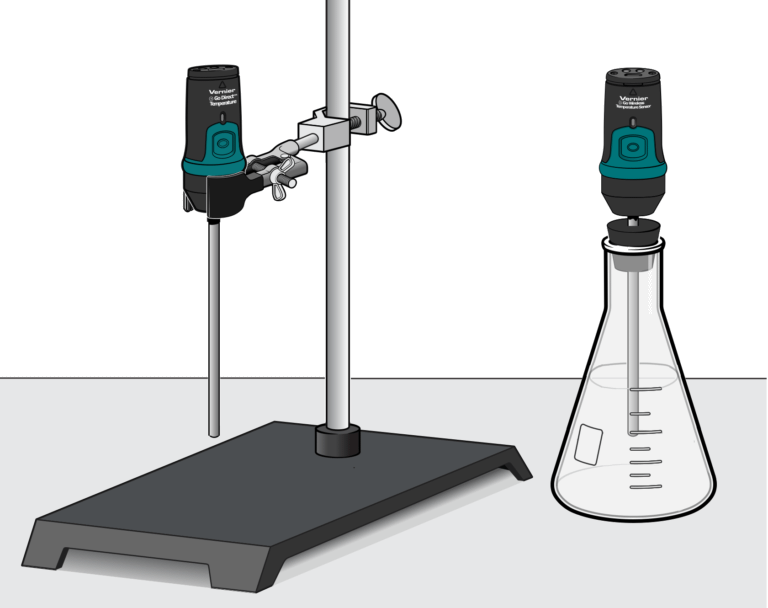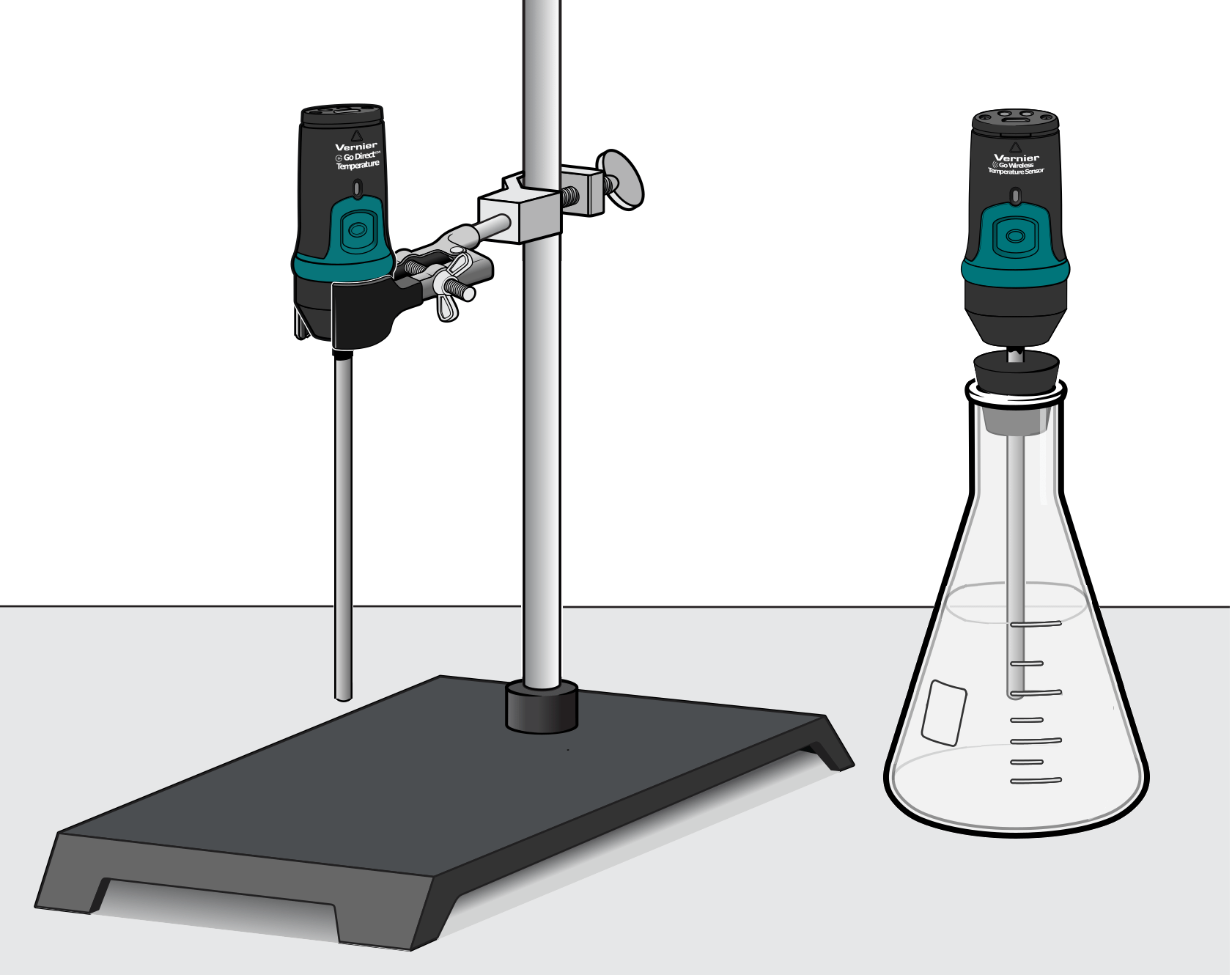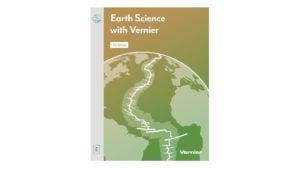
Introduction
A nice breeze can cool you down on a hot day or send a chill through you on a day that is already cold because wind carries heat away from your body. This phenomenon is called wind chill. The wind chill temperature (sometimes called the wind chill factor) is the temperature you feel based on both the actual temperature and the wind speed.
While wind chill is a commonly reported measurement in weather forecasts in the winter, it is somewhat problematic. One of the primary issues with measuring wind chill is that we lack a global standard for how to determine the value. Another concern is that wind chill calculations do not account for factors such as relative humidity and solar radiation. Despite these issues, wind chill is still widely used and included in weather forecasts because, historically, the purpose of a wind chill index was to provide an indicator of the potential of getting frostbite.
In this experiment, the effect of wind on the temperature of a warm body will be measured and analyzed. A temperature probe will measure the temperature of warm water in a flask that represents a human body. A second temperature probe will measure the actual temperature of the air. There will be no wind in Part I, whereas wind will be generated by a fan in Part II.
Objectives
- Use a temperature probe to measure the effect of wind on the temperature of a warm body.
- Use a temperature probe to measure the effect of wind on the temperature of the air.
- Interpret your results.
Sensors and Equipment
This experiment features the following sensors and equipment. Additional equipment may be required.
Ready to Experiment?
Ask an Expert
Get answers to your questions about how to teach this experiment with our support team.
- Call toll-free: 888-837-6437
- Chat with Us
- Email support@vernier.com
Purchase the Lab Book
This experiment is #28 of Earth Science with Vernier. The experiment in the book includes student instructions as well as instructor information for set up, helpful hints, and sample graphs and data.



